Thiab R. Taha
An Integrated Approach for Video Captioning and Applications
Jan 23, 2022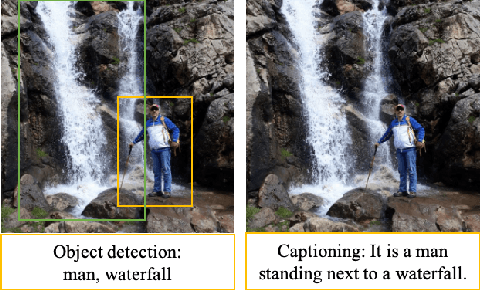

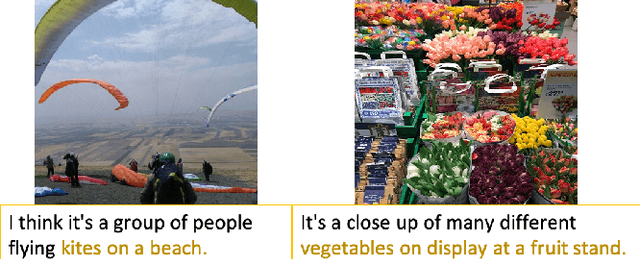

Abstract:Physical computing infrastructure, data gathering, and algorithms have recently had significant advances to extract information from images and videos. The growth has been especially outstanding in image captioning and video captioning. However, most of the advancements in video captioning still take place in short videos. In this research, we caption longer videos only by using the keyframes, which are a small subset of the total video frames. Instead of processing thousands of frames, only a few frames are processed depending on the number of keyframes. There is a trade-off between the computation of many frames and the speed of the captioning process. The approach in this research is to allow the user to specify the trade-off between execution time and accuracy. In addition, we argue that linking images, videos, and natural language offers many practical benefits and immediate practical applications. From the modeling perspective, instead of designing and staging explicit algorithms to process videos and generate captions in complex processing pipelines, our contribution lies in designing hybrid deep learning architectures to apply in long videos by captioning video keyframes. We consider the technology and the methodology that we have developed as steps toward the applications discussed in this research.
Generative Adversarial Network Applications in Creating a Meta-Universe
Jan 23, 2022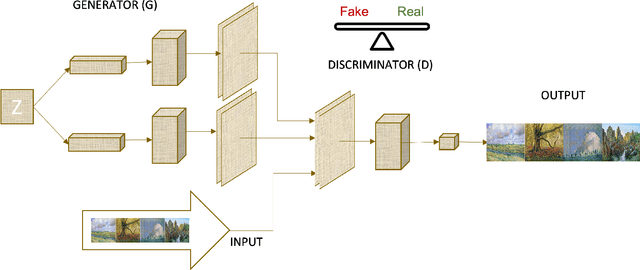


Abstract:Generative Adversarial Networks (GANs) are machine learning methods that are used in many important and novel applications. For example, in imaging science, GANs are effectively utilized in generating image datasets, photographs of human faces, image and video captioning, image-to-image translation, text-to-image translation, video prediction, and 3D object generation to name a few. In this paper, we discuss how GANs can be used to create an artificial world. More specifically, we discuss how GANs help to describe an image utilizing image/video captioning methods and how to translate the image to a new image using image-to-image translation frameworks in a theme we desire. We articulate how GANs impact creating a customized world.
Automatic Generation of Descriptive Titles for Video Clips Using Deep Learning
Apr 07, 2021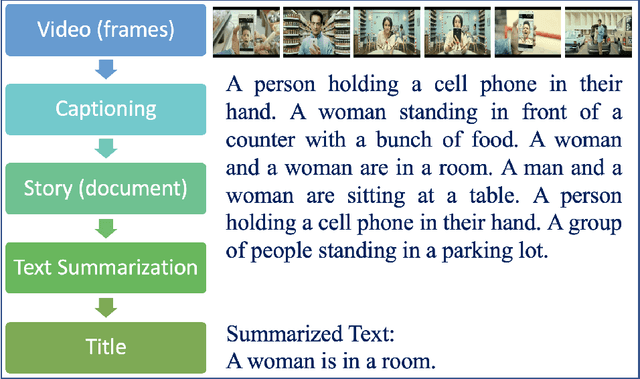

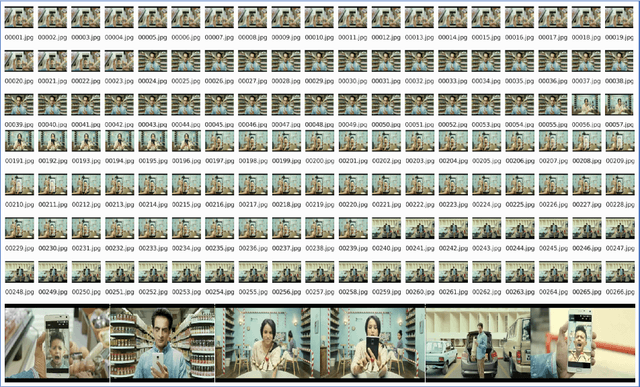
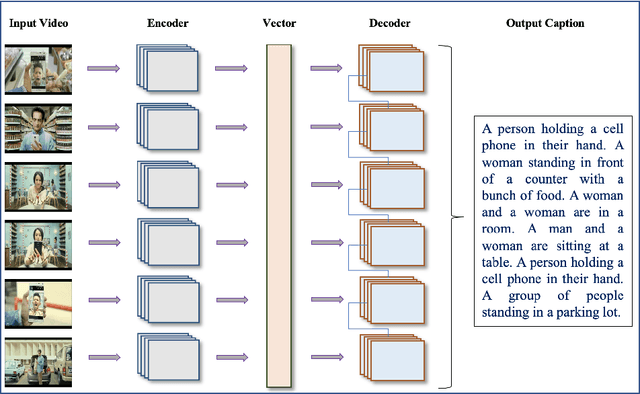
Abstract:Over the last decade, the use of Deep Learning in many applications produced results that are comparable to and in some cases surpassing human expert performance. The application domains include diagnosing diseases, finance, agriculture, search engines, robot vision, and many others. In this paper, we are proposing an architecture that utilizes image/video captioning methods and Natural Language Processing systems to generate a title and a concise abstract for a video. Such a system can potentially be utilized in many application domains, including, the cinema industry, video search engines, security surveillance, video databases/warehouses, data centers, and others. The proposed system functions and operates as followed: it reads a video; representative image frames are identified and selected; the image frames are captioned; NLP is applied to all generated captions together with text summarization; and finally, a title and an abstract are generated for the video. All functions are performed automatically. Preliminary results are provided in this paper using publicly available datasets. This paper is not concerned about the efficiency of the system at the execution time. We hope to be able to address execution efficiency issues in our subsequent publications.
The Use of Video Captioning for Fostering Physical Activity
Apr 07, 2021
Abstract:Video Captioning is considered to be one of the most challenging problems in the field of computer vision. Video Captioning involves the combination of different deep learning models to perform object detection, action detection, and localization by processing a sequence of image frames. It is crucial to consider the sequence of actions in a video in order to generate a meaningful description of the overall action event. A reliable, accurate, and real-time video captioning method can be used in many applications. However, this paper focuses on one application: video captioning for fostering and facilitating physical activities. In broad terms, the work can be considered to be assistive technology. Lack of physical activity appears to be increasingly widespread in many nations due to many factors, the most important being the convenience that technology has provided in workplaces. The adopted sedentary lifestyle is becoming a significant public health issue. Therefore, it is essential to incorporate more physical movements into our daily lives. Tracking one's daily physical activities would offer a base for comparison with activities performed in subsequent days. With the above in mind, this paper proposes a video captioning framework that aims to describe the activities in a video and estimate a person's daily physical activity level. This framework could potentially help people trace their daily movements to reduce an inactive lifestyle's health risks. The work presented in this paper is still in its infancy. The initial steps of the application are outlined in this paper. Based on our preliminary research, this project has great merit.
 Add to Chrome
Add to Chrome Add to Firefox
Add to Firefox Add to Edge
Add to Edge